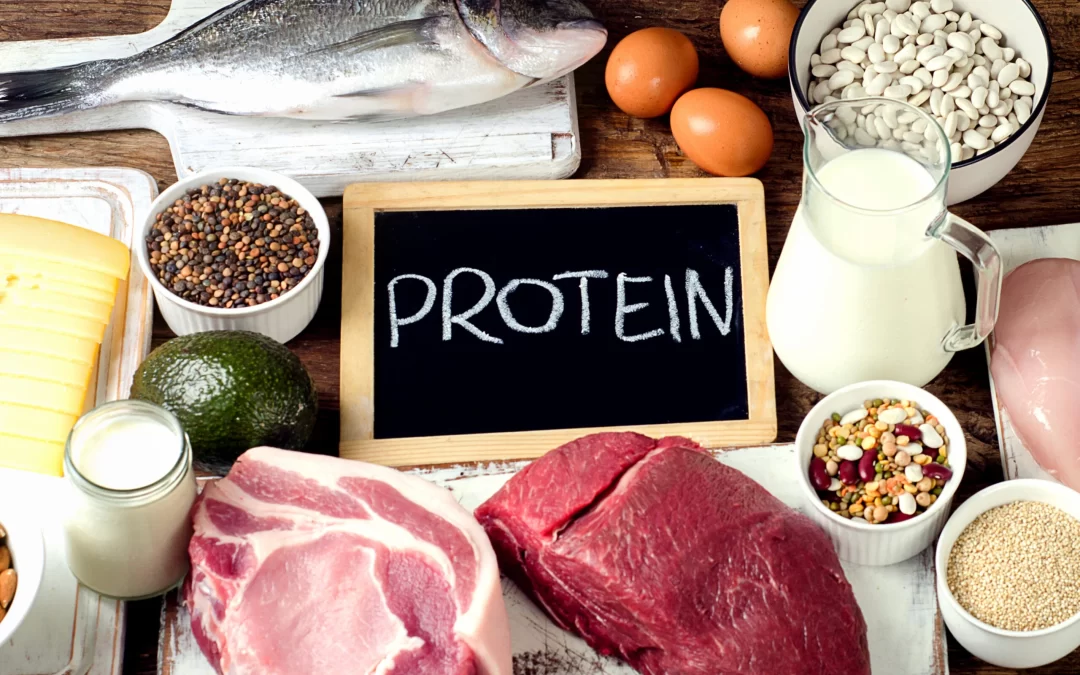Your canine companion believes the world revolves around you, so you want to give them a great life. Feeding them a nutritious diet should be at the top of the list. With the proper food, your dog will thrive. Let’s examine why the right nutrition is important and how to be certain you’re offering it.
Essentially, good nutrition is necessary for your dog’s overall health and well-being. Canines are omnivores, meaning their nutritional requirements are best met with a combination of plants and meat. Like their pet parents, dogs can eat a vegetarian diet provided it is balanced with the correct amounts of proteins and fats.
Over the years, pet nutrition has been extensively researched so the current body of knowledge about what a well-balanced diet includes is quite complete. The Association of American Feed Control Officials (AAFCO) has a role in ensuring that animal food meets all nutritional requirements and has guidelines for pet food ingredients.
6 Essential Nutrients
The following are the six types of nutrients that your dog needs to be healthy according to the AAFCO.
1. Water
Water comprises up to 80 percent of a dog’s body mass. It’s critical that your pet has access to clean drinking water to help them digest food, dissolve and carry nutrients to cells, flush out waste, regular body temperature, and perform other bodily processes.
2. Fat
Your pup receives energy from fats; this nutrient also helps the body absorb vitamins. Essential fatty acids reduce inflammation, help heal wounds, and promote a shiny coat and clear skin. Fats also protect the nervous system and internal organs and regulate body temperature.
3. Protein
Keeping cartilage, ligaments and tendons strong requires sufficient protein intake. This nutrient supports blood production and healthy muscles, hair, skin, and nails too. Proteins break down to produce amino acids for energy. These are called essential amino acids basically because they are necessary for life. Your dog’s body cannot produce essential amino acids, so proteins that break down into these constituent parts must be part of a balanced total diet.
4. Carbohydrates
This is another dietary component that provides your pooch with energy. Carbohydrates supply glucose and are the main source of fiber for many dogs. Certain minerals, vitamins, and plant-based ingredients can supply your dog with carbohydrates.
5. Vitamins
There are many different vitamins, each with a distinct function. They are necessary for blood clotting, bone development, DNA creation, neurologic function, normal eye operation, and maintenance of the nervous and immune systems. Vitamins such as A, B12, D, E and K are needed in specific quantities for dogs to stay healthy.
6. Minerals
Minerals play a part in an array of bodily functions and support structures. Some are involved with building bones and cartilage, while others are necessary for hormone regulation, muscle and nerve function and oxygen flow. The two categories of minerals when it comes to nutrition are trace minerals and macro-minerals and, just like vitamins, there are daily requirements. Examples of minerals your pet needs are calcium, iron, zinc, selenium, sodium, potassium, and magnesium.
Your Choice of Pet Food Is Personal
When selecting processed pet food, pay attention to quality. While both budget and premium food include protein, the source of the protein — chicken, lamb, plant sources—are quite different and affect your canine’s ability to digest it. What the product specifically contains is listed in order of weight and some nutrients may be described as a minimum or maximum percentage. Most of the ingredients noted, such as whole foods, should be recognizable to you, but there may be others that are unfamiliar.
There is no significant difference between wet and dry food in terms of nutritional value and digestibility. The benefit of some dry kibble is that it has been formulated to remove dental plaque. However, if your pet doesn’t like to drink water by itself, canned food provides more hydration. If you’re confused at all about what product to choose, your veterinarian can help you decide. You may have to experiment to find something that is both veterinarian-approved and that your dog enjoys and can digest easily.
Portion Size
Unless your veterinarian has advised you otherwise, you can safely follow the package directions about how much to feed your pet. Dog food is formulated for different life stages, so you can be confident that your puppy or older dog is getting the nutrition they need. Feed them twice a day and keep their water bowl topped up.
Depending on your fur baby’s energy level or breed, you may find your dog requires more or less than the suggested quantity on the package. Be mindful that the food manufacture is basing the amount on the average weight of a domesticated dog of that particular breed. That said, monitor your pet’s food intake closely and check in with your veterinarian before you start making major changes.
In closing
Offering the right nutrition really comes down to paying attention to packaged food ingredients and giving your pet the highest quality food you can afford.

